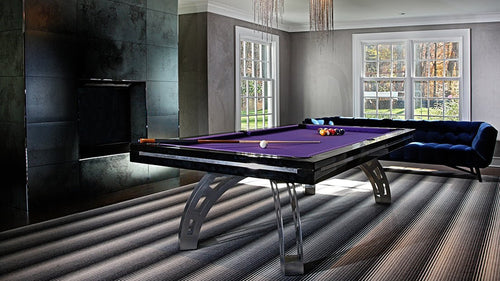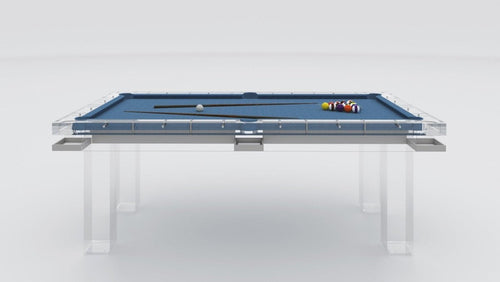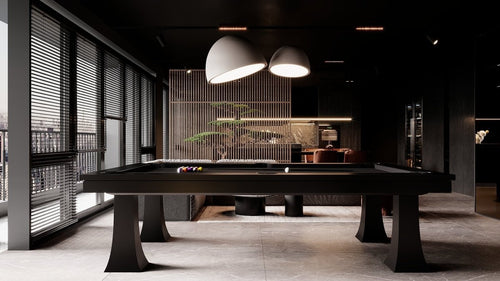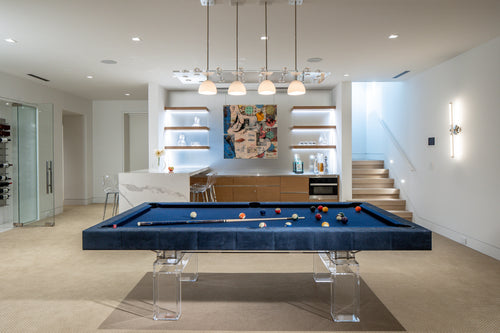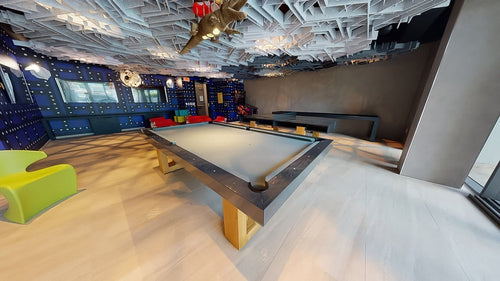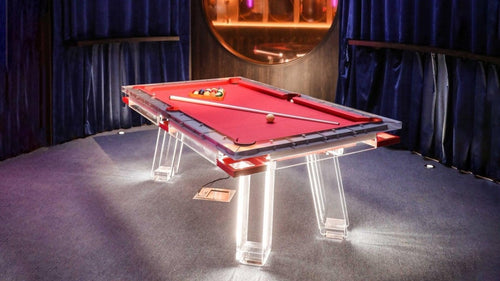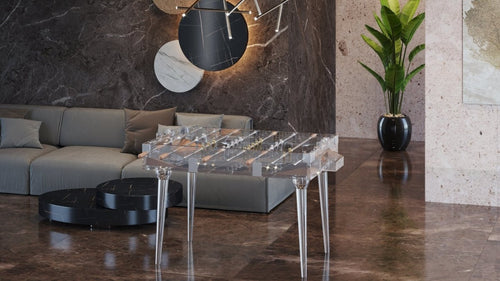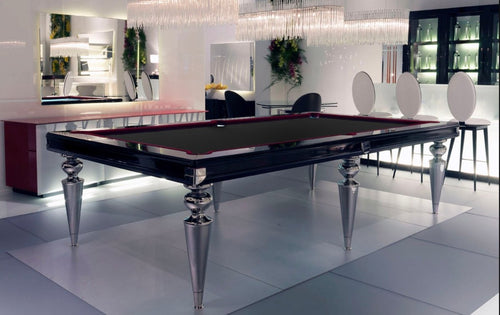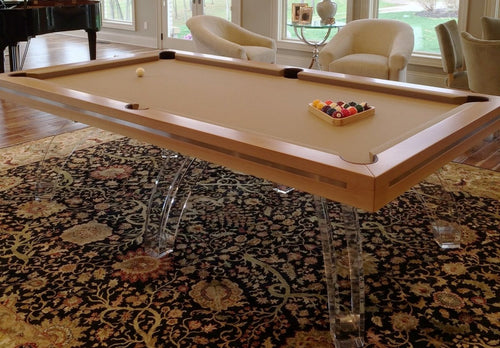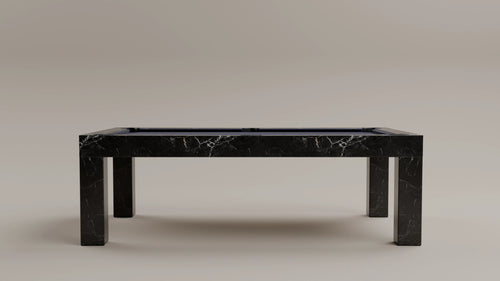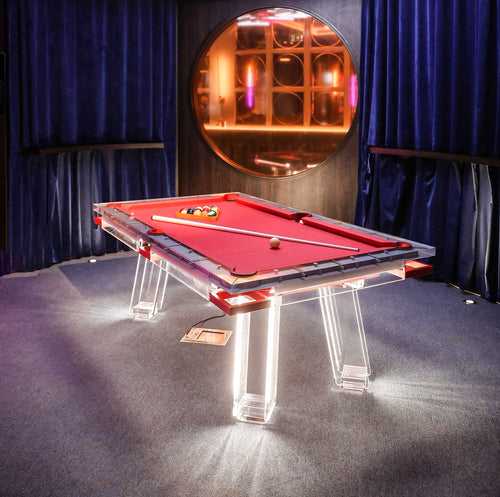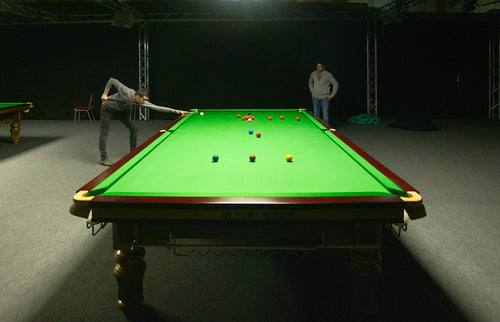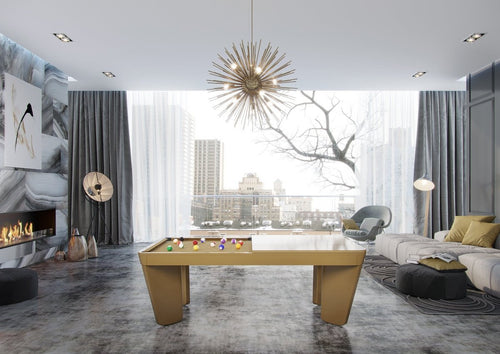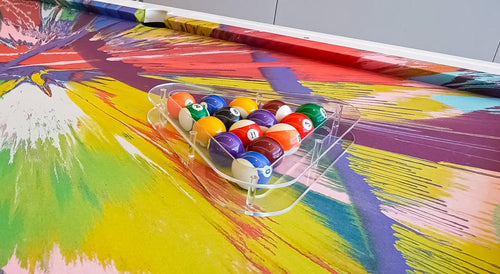Enjoy our modern designs
What is Scandinavian Interior Design? Let's delve into what makes it the ideal style, infused with the comforting embrace of nature. Scandi interior design, celebrated for its cozy and timeless style, originates from the Nordic countries of Denmark, Norway, Sweden, Finland, and Iceland.
Rooted in a philosophy that seamlessly blends form and function, this design style has captivated the global stage with its emphasis on clean lines, a neutral color palette, and a harmonious integration of natural elements.

The roots of Scandinavian interior design trace back to the early 20th century when a cultural and artistic movement emerged in the Nordic region. Influenced by a desire for functional and accessible design, the movement sought to create living spaces that were not only visually appealing but also well-suited to the demands of daily life.
The 1930s marked the inception of a "golden age of Scandinavian design," featuring pioneering architects and designers such as Alvar Aalto (Finland), Arne Jacobsen (Denmark), and Josef Frank (Sweden). As the movement gained momentum in the mid-20th century, it became synonymous with the modernist movement, embracing minimalism and a connection to nature.
Over the years, Scandinavian design has evolved, adapting to contemporary influences while maintaining its core values of simplicity, functionality, and a deep appreciation for the beauty of natural materials. Today, it stands as a symbol of refined living that continues to inspire interiors worldwide.

The spotlight on Scandinavian Design reached new heights in the 2010s, gaining enduring relevance fueled by a particular fixation on "hygge." In the enchanting realm of Scandinavian interior design, "hygge" emerges not just as a term but as a guiding philosophy.
Rooted in Danish and Norwegian traditions, "hygge" embodies more than language—it encapsulates a quality of coziness and conviviality that nurtures a deep sense of contentment and well-being. Beyond its linguistic confines, "hygge" celebrates life's simple joys, creating an atmosphere of warmth, relaxation, and togetherness.
Early Influential Designers and Their Work

Renowned Finnish architect and designer Alva Aalto, along with his wife Aino, crafted the Savoy vase (left) in 1936, while the Egg chair (right) played a crucial role in Arne Jacobsen's intricate interior design for the SAS Royal Hotel. Even today, the chair retains its iconic status.

Go ahead and try out this style. Explore these visuals for inspiration, where you can discover different design elements to experiment with and effortlessly incorporate into your personal space.

The defining elements/characteristics of Scandinavian interior design
- Functionality
- Clean lines
- Natural materials
- Neutral colors
- Natural light
- Quality craftsmanship
- Distinct textural elements (sheepskin rugs, mohair throws, etc.)
- White or light, neutral-colored walls

When envisioning your new tables, consider the joy of game tables. Our Limited Edition Nobu foosball table serves as the perfect addition to your Scandinavian-inspired setting.

The Nobu features a rustic ash-stained wood frame. Not only does it introduce wood and textures to your space, but it also doubles as an enduring and fun game table, perfect for gatherings, dinner parties, or family holidays.

The timeless Nobu foosball table, with its walnut finish, beautifully complements any setting.

In its entirety, Nordic design beckons homeowners to welcome nature into their spaces, harnessing the warmth of sunlight, the natural beauty of timber, and an overall sense of airiness, thereby creating spaces that prioritize comfort, joy, and a timeless connection to the beauty of natural elements.




